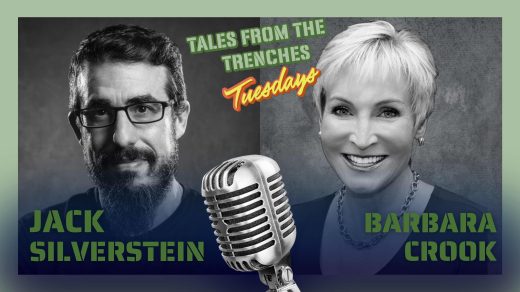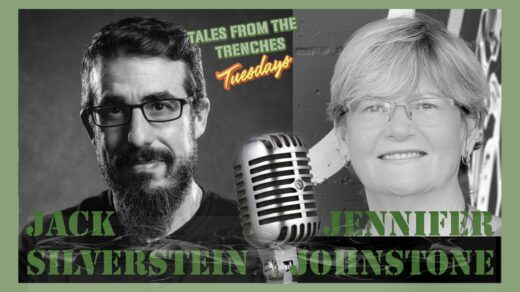
We often hear about annual giving and major gifts in the world of fundraising, but understanding how to balance these two approaches can be tricky. Annual giving vs major gifts is a key consideration for any successful fundraising strategy. By looking at both, we can create a more comprehensive campaign that maximizes donor engagement and boosts our fundraising efforts.
The Evolving Landscape of Philanthropic Giving
We’ve seen significant shifts in philanthropic giving over the past few decades. Technology has revolutionized how we connect with donors and mobilize support. It’s levelled the playing field, allowing small nonprofits to reach global audiences and showcase their impact through social media. This democratization has enabled countless grassroots initiatives to thrive.
The donor landscape is changing too. While individual giving remains crucial, we’re seeing a rise in donor-advised funds (especially in the US). Between 2016 and 2022, the number of DAFs in the US increased by 572%, with contributions growing by 239%. This trend highlights the importance of adapting our annual giving and major gifts strategies to align with evolving donor preferences.
Another notable shift is the growing emphasis on donor retention and relationship-building. The more successful fundraising shops are moving away from transactional approaches towards more personalized, value-driven engagement strategies that resonate with donors’ desire to make a meaningful difference.
Designing a Flexible Campaign Framework Strategy
A framework that works is one that incorporates both annual giving and major gifts strategies. Shops now design custom donation forms with suitable gift ranges for different donor segments, allowing fundraisers to upgrade each level of donor according to their true giving capacity. This approach helps maximize donor lifetime value while maintaining flexibility in the campaign structure.
Overcoming Common Campaign Challenges
There are several hurdles in any campaign strategy, but with the right approach, you can overcome them. One common challenge is donor fatigue, which occurs when supporters feel overwhelmed by constant appeals. To address this, focus on creating meaningful donor relationships and communicating your campaign impact clearly.
Some shops also struggle with board engagement, as some members may lack understanding of their fundraising roles. To tackle this, set clear expectations and provide regular communication about your campaign goals.
Another obstacle is staff turnover, particularly in development roles. You can combat this by smoothing transitions and improving onboarding processes for new hires. By addressing these challenges head-on, you can create a more effective and sustainable campaign strategy.
Some Key Concepts Regarding Strategy
What distinguishes annual giving from major gifts?
Annual giving and major gifts are distinct in their approach and focus. Annual giving typically involves regular, smaller donations that support the operational aspects of an organization, such as salaries and utilities, and relies more on direct transactions. In contrast, major gifts require a deeper relationship-building effort and focus on securing significant amounts of wealth to fund specific large-scale projects or endowments.
How does an annual giving strategy differ from a capital campaign?
Annual giving pertains to the funds raised throughout the year to cover operational costs like rent, utilities, and salaries, and these funds can come from various sources including events and major gifts. On the other hand, capital campaigns are targeted efforts to raise money for long-term organizational needs and substantial projects. Annual giving may have a tougher challenge to continually create exciting projects that resonate with donors. Far too often, fundraising shops’ Case for Support lacks excitement, innovation and inspiration — donors want to feel as if they are part of solving societal issues.
Until next week,
L’chaim.
jack




